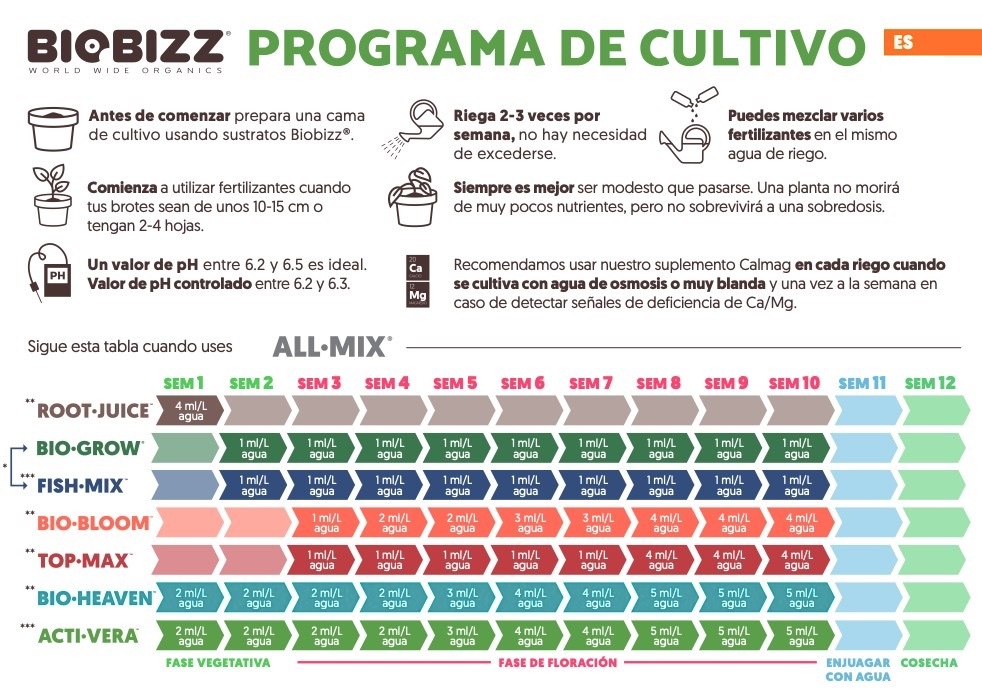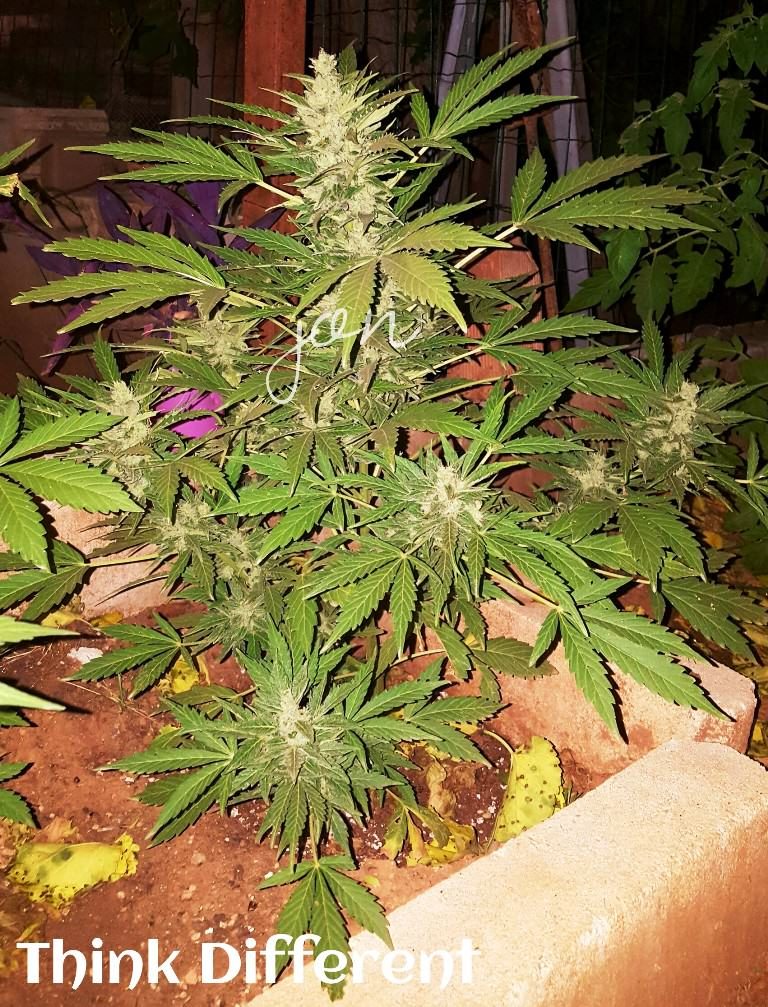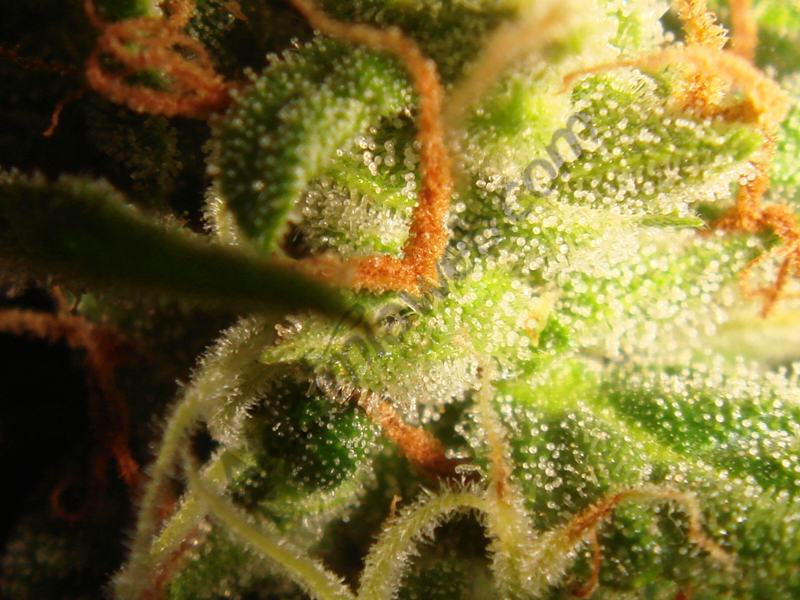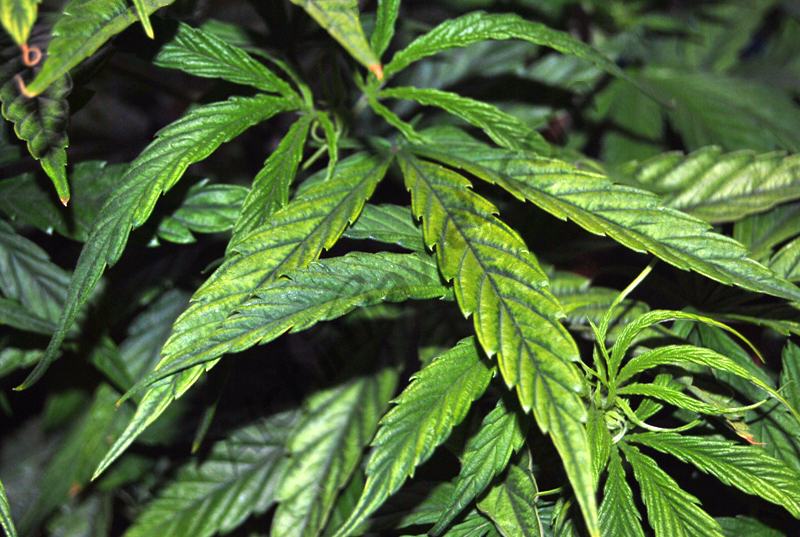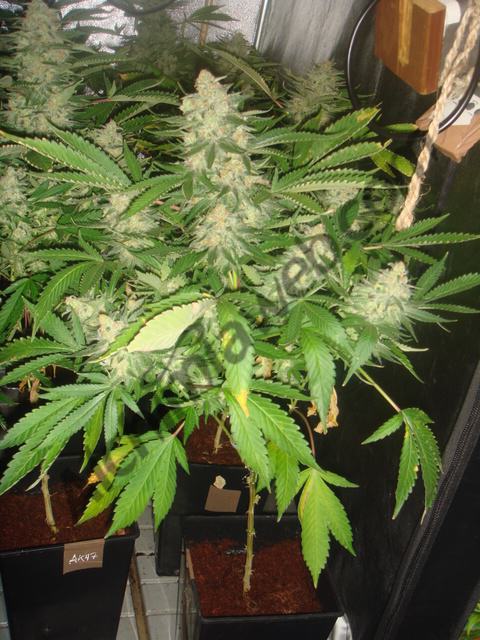Fertilising Autoflowering Cannabis Plants
List of contents
Autoflowering cannabis plants are great for several reasons. They have fast growth cycles (generally less than 11 weeks from seed), they do not depend on light schedules to trigger flowering, they have a high resistance to mould and pests... but, above all, due to their short life cycle and size, autos don't require large inputs of nutritional resources, meaning that growers can save money as they won't need to feed plants for as long to get great results.
Aside from their rapid development, autoflowers have a strong and resilient nature, so they aren't too fussy about the quality of the medium they grow in and can still do well with minimal nutrients.
To explain this resilience, we need to remember that autoflowering seeds originate from the combination of Ruderalis genetics with modern indica and sativa hybrids. Ruderalis genetics are often referred to as a 'ditch weed' and are native to southern Siberia and northern Kazakhstan, regions where cannabis has adapted to cold weather and different durations of day and night, with the minimum resources available.
As a result, this “weed” is incredibly hardy and non-photoperiod sensitive, meaning it flowers after about 4-5 weeks of vegetative growth, regardless of the hours of light it receives. Also, depending on how they are grown, autoflowers generally reach the flowering phase without the addition of external fertilisers.
How to feed autoflowering cannabis plants
There are nutrient products specifically designed for autoflowering plants on the market, but they are not absolutely necessary for a successful grow. Liquid nutrients for soil or hydroponics will work for autoflowers just as they do for photoperiod plants. The only difference is in the amounts we give to the plants.
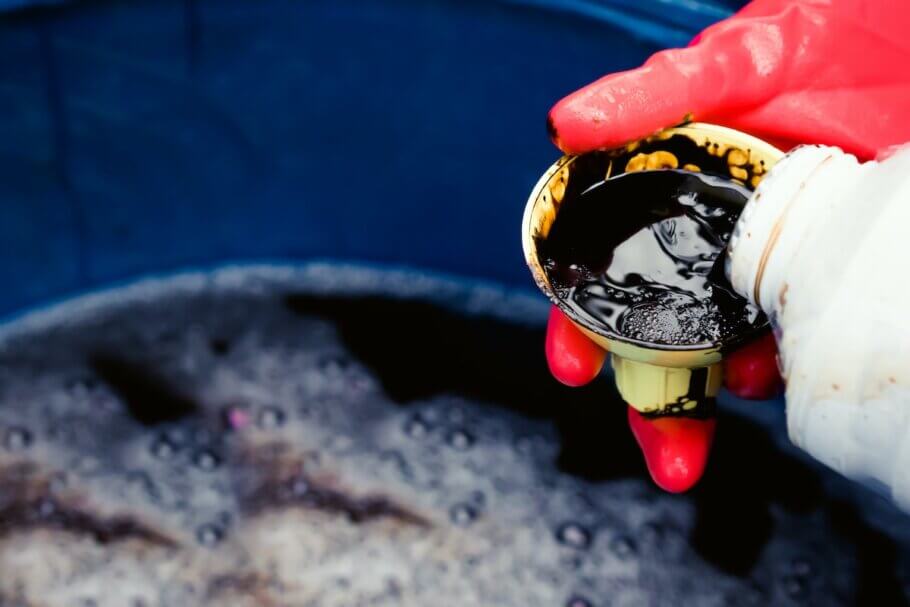
It is worth noting that the optimal pH for autoflowering plants is the same as for photoperiod varieties. When growing autos in soil, pH levels between 6.0 and 7.0 are suitable, while hydroponic systems work well between 5.5 and 6.5. It is not necessary to hit an exact number, so keeping levels within an average of 5.5 to 6.5 is good for autoflowers. Remember, the proper pH for best nutrient absorption will vary depending on the stage of growth and the type of cannabis you are growing.
It's also helpful to understand the exact demands of your plants to ensure you feed them the correct amounts. In addition to water and air (hydrogen, carbon, and oxygen), you should focus primarily on nitrogen (N), phosphorous (P), and potassium (K) as primary macronutrients. Other important elements include calcium, magnesium, and sulfur, as well as small traces of other micronutrients like iron, zinc and manganese that are absorbed in lesser amounts and are typically included as part of the nutrient lineup you use. The NPK ratio is labeled on most fertilisers.
It's easy to worry about NPK ratios, but in reality, most autoflowers tend to grow well as long as they have some of each element available. However, the challenge here is to avoid overfeeding, so in most cases "less is more".
Make sure to dilute the nutrients well when you start feeding autoflowers to avoid burning and stunting the plants. For example, if the nutrient table recommends 5 ml/litre, it's best to start with 2.5 ml or 1.25 ml (1/2 or 1/4 strength) and see how the plant responds. Some autoflowers like Purple Punch Auto or the famous Gorilla Glue Auto strain, for example, are voracious eaters and require a stronger dose, but make sure that you only start to increase the dosage after experimenting with lower concentrations.
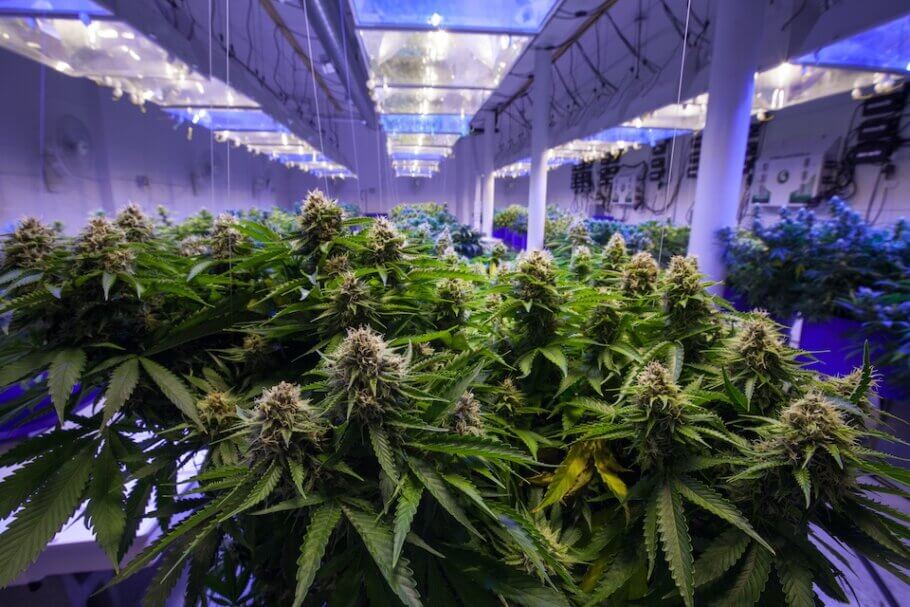
Considering that autoflowering strains mature according to their age, any nutritional stress (such as over-fertilisation) they face can slow them down tremendously if not managed correctly. And it's always easier to fix a nutrient deficiency than to try to solve an excess of nutrients.
How to use Biobizz nutrient schedules
Biobizz World Wide Organics is one of the most renowned and widely used brands of fertilizers and substrates for cannabis plants in the world because it is 100% organic and due to the brand’s extensive experience in the sector, and the quality of its products, which are used by both experts and beginners alike. Here we are going to offer a brief rundown of all their products and some notes on their nutrient schedules, so that you can learn to interpret them correctly and get the best possible results from them.
Symptoms of overfeeding in autoflower plants
When growing autos, look for exactly the same symptoms of overfeeding that you would expect to see from a photoperiod strain. Nutrient burn caused by overfeeding shows up as yellowing leaf tips. If the nutrient levels are not reduced, the tips will brown and whole leaves will “burn”.
This stress inhibits the plant's ability to photosynthesize and grow, and can even lead to its death. A subsequent buildup of nutrients in the soil can also create an accumulation of salts that prevents the roots from taking up new nutrients. Known as nutrient lockout, this consequence of overfeeding deceptively resembles nutrient deficiency.
To fix this, the best approach when growing in soil or coco is to flush the roots with water. If you grow hydroponically, replacing the nutrient reservoir with plain water is a good option. Eventually, the plant may be given nutrients again, but caution is advised. It should also be noted that autoflowers have a limited recovery time: overfeeding them can significantly reduce their potential, making this one of the most common mistakes made by less experienced growers.
But just like going overboard with nutrients, falling short can also cause problems. Poorly fed autos can have pale leaves along with weak growth. In flowering, an under-fed auto will have low flower production with very little resin.
As mentioned, the symptoms of nutrient deficiency and nutrient excess can often look very similar, although you should be able to tell which is which based on how much you've fed your plants. In this case, the solution is quite simple: gradually (instead of suddenly) increase the concentration of nutrients. Avoid the temptation to overfeed, as this would only aggravate the problem. The underfed autoflower is unlikely to fully recover its lost potential, but at least you can improve the situation.
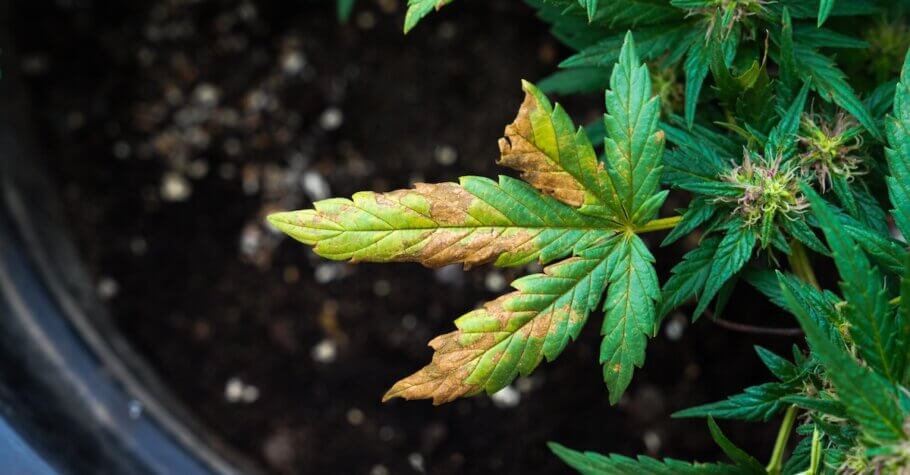
The importance of the growing medium
How often and how much you feed your autoflowering plants will depend a lot on the growing medium you are using. A soil-based substrate tends to provide some nutrients, while a hydroponic system does not. The way the nutrients are delivered to the plant is also different because in hydroponics there is no medium for the minerals to attach to before being absorbed by the plant.
Most cannabis growing substrates contain the correct micronutrients and macronutrients to provide autos with enough food to sustain them through the end of the vegetative cycle. If you notice yellow leaves, pale leaf margins, brown spots or dry leaf edges before the flowering stage, start feeding at a light dose, increasing with each watering if plants are doing well.
But if you're using an inert growing medium that provides very few nutrients on its own, such as coco fibre, feeding will need to start much earlier. Although there are specific nutrients for growing in coco, hydroponic nutrients can be used instead without problems.
In hydroponics, the necessary water, air and nutrients are supplied directly to the roots, so that the plants grow with little effort, developing stronger, longer and more vigorous roots that allow them to "eat" much more; and this will be obvious as they will grow faster and form bigger plants more quickly.
Feeding autoflowering plants according to their life cycle
In addition to the growing medium, there are other factors to consider when feeding autoflowering plants. And one of the most important is knowing how to determine which phase of their life they are currently in and to adapt the nutrient schedule to that circumstance.
Seedling phase
A cannabis plant is very fragile at this stage of growth due to its underdeveloped root system, so it does not yet have the ability to absorb large amounts of nutrients. Feeding should only begin if a seedling shows signs of deficiency. If that's the case, dilute the fertiliser to a very low concentration and feed every other watering. If you grow in inert substrate, a mild nutrient solution is fine, but do not exceed 150-200 ppm to avoid burning the plants.
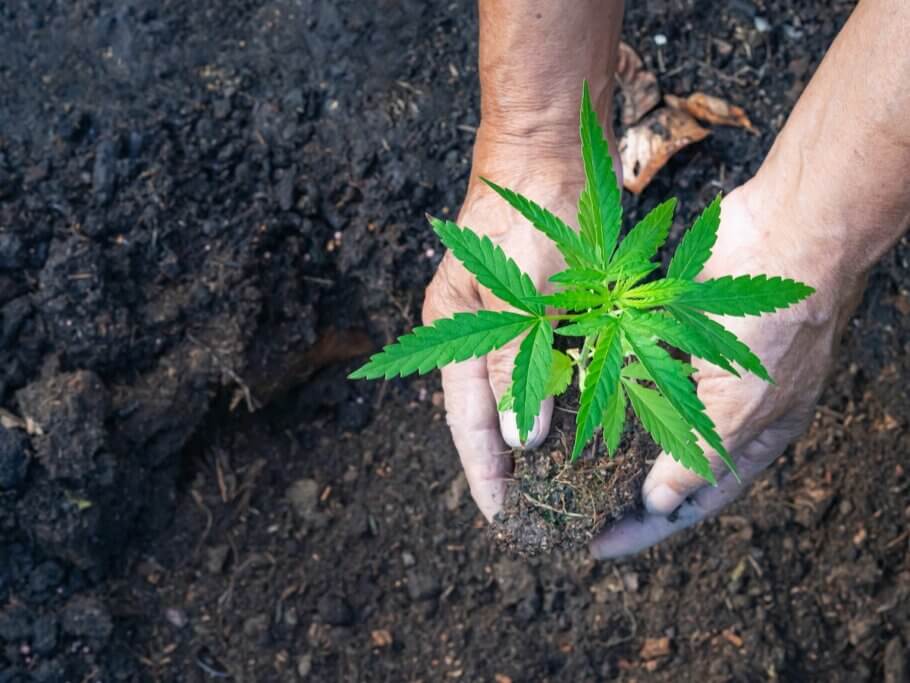
Vegetative phase
Autoflowering cannabis plants have almost no vegetative phase and basically go straight from seedling to flowering. A healthy autoflower initiates vegetative growth around 10 days from seed, so for maximum growth, it's a good idea to start adding more nitrogen to its diet at this time, so that the plants can develop strong roots, branches and leaves before the pre-flowering period.
Preflowering
The pre-flower stage is usually the period of explosive growth that occurs during the first ten days of bloom. Given the short vegetative period of autos, it is vital to make the most of this window of time, as continuous addition of nitrogen can stimulate growth; but too much can also mean the plant ends up with too many leaves, costing valuable energy. Be on the lookout for early yellowing of the leaves, which may mean you need to increase the dosage. During this early flowering period, autoflowers will begin to require a higher proportion of nutrients rich in phosphorous and potassium, for example, Organik PK Booster from B.A.C.
Flowering
Nitrogen can be reduced as an autoflower reaches full bloom, although it is still important to some degree, so make sure the feeding solution also contains some. As the plant finishes its preflower stretch, consider further decreasing the nitrogen content and increasing the phosphorus and potassium until the end of flowering. In any case, it is necessary to give autoflowering plants a large amount of these two elements, since the roots continue to grow, as do the branches, but much of the energy and biochemistry of the plants is now focused on the development and growth of the flowers.
Ripening phase
Depending on how intensively you feed your autoflower plant, it may be necessary to start reducing the nutrient dosage sooner or later. That said, some autos can be grown with a stronger nutrient program which could actually produce higher yields, so experiment to find out what works best.
Finally, the plant can be given a few days of just water for it to mature until the day of harvest, in order to obtain organoleptic properties without traces of fertiliser and a better-tasting smoke. However, this is a controversial topic. Many growers like to flush their plants or feed them with plain water for the last 10 days or so. Proponents of this method feel that it helps the plant produce a smoother, cleaner smoke by allowing the plant to cleanse itself of any excess unwanted minerals.
But other growers refuse to irrigate with only water, feeling there is limited science behind the concept. These growers will continue to feed to the end, following the logic that the plants should not be deprived of key nutrients while they are at their most productive.
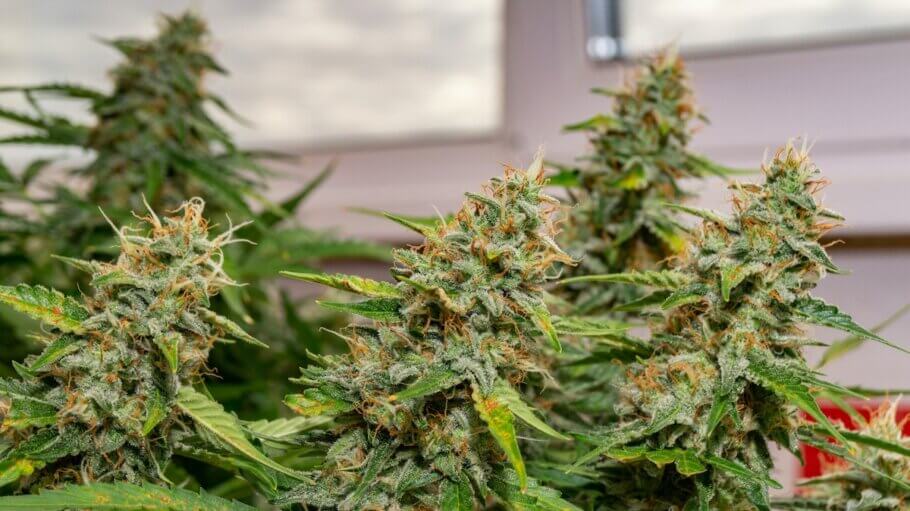
Some nutritional advice for autoflowers
Defining a generic feeding schedule for autoflowers that works for all growers, for all strains, and in all growing conditions and systems is simply impossible. Instead, the grower must use his judgment to know when to feed. So it's a good idea to be guided by a series of tips to make this challenge more bearable:
- Buy high-quality nutrients: choose reputable products that have a proven track record of success (such as Biobizz, Advanced Nutrients, or Plagron) and don't take their feeding tables as gospel, as nutrient manufacturers are prone to exaggerating their fertiliser dosages.
- A more appropriate approach is to be guided by (rather than strictly obeying) the manufacturers' recommendations, which are generalised approximations and require a certain level of understanding/interpretation on the part of the grower. If it appears that the plants are being overfed, there is no point in continuing to increase nutrient concentrations simply because the feeding chart says so.
- Don't mix all the nutrients at once: When you make your nutrient solution, add each part separately so the minerals dissolve evenly in the water.
- Use Cal-Mag supplements if you're not growing in soil: Calcium and magnesium are important secondary macronutrients essential for healthy growth but are easily washed out in soilless growing media.
- Check the pH of the nutrient solution: After adding nutrients to the water, let the solution sit for 10-15 minutes and then check the pH with a meter. Adding fertiliser to water tends to lower the pH, making it more acidic. Even if you use the best nutrients on the market, if their pH is out of range, your plants will not be able to absorb them. Plants benefit from a varied pH between feedings, as not all minerals are absorbed in the same range.
- Use an EC meter: An electrical conductivity meter can help you determine if your nutrient solution is too strong for your autoflowers. Most nutrients come with a feeding chart that indicates PPM (parts per million) or the concentration of minerals and salts present. Again, this depends on the strains you are growing as well as their stage of growth.
- Irrigate at room temperature: avoid stressing your plants by making sure the nutrient solution is at 22-23°C before watering. The pH is also affected when the temperature fluctuates outside of this optimal range.
- Organic or mineral nutrients can be used: Organic nutrients, such as those offered by the Terra Aquatica organic range, work by enriching the growing medium and breaking down existing compounds so that they are easier for plants to absorb. Inorganic nutrients deliver a precise mix of nutrition directly to the roots. However, growing organically in soil with slow-release nutrients takes much of the guesswork out of autoflower feeding charts.
- And lastly, whatever your skill level, try to avoid over-complicating the feeding of your autoflowers. Master the basics before delving into the finer details. Keeping things as simple as possible, especially in the beginning, is always good advice. It means that there are fewer things that can go wrong, allowing the grower to gain confidence and experience with a minimum of fuss.

















































